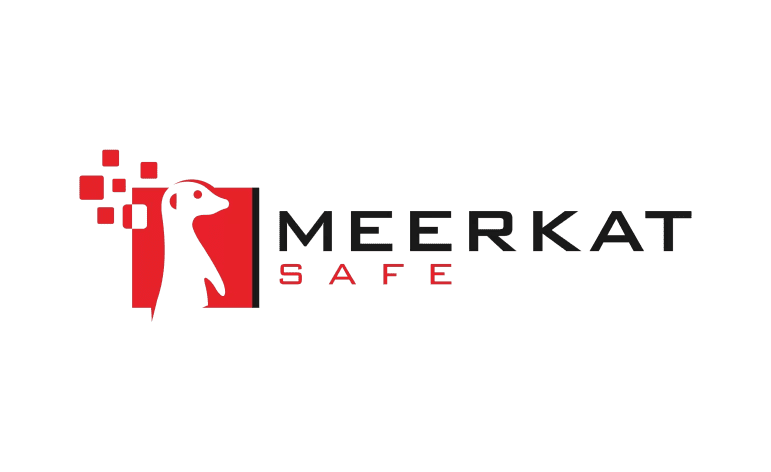Creating an adequate IT budget is essential for businesses aiming to manage costs while ensuring their technology infrastructure supports growth and security. Whether a small business or a large enterprise, having a well-planned IT budget helps you allocate resources efficiently, invest in the right tools, and prevent unexpected expenses. By understanding IT budgeting principles, organizations can maintain a competitive edge, enhance cybersecurity, and optimize operational efficiency without overspending.
What Is an IT Budget?
An IT budget is a financial plan that outlines the costs associated with managing and maintaining an organization’s information technology infrastructure. This includes hardware, software, cloud services, cybersecurity, and IT support expenses. Understanding what an IT budget is helps businesses allocate resources effectively, ensuring smooth operations while minimizing unnecessary expenditures.
Why Is Budgeting for IT Services Important?
Budgeting for IT services is crucial for businesses looking to maintain efficiency, security, and competitiveness in today’s digital landscape. Without a well-structured IT budget, organizations may face unexpected costs, security vulnerabilities, or outdated technology that hinders productivity. Proper IT budgeting ensures that businesses can:
- Plan for necessary upgrades and innovations.
- Allocate funds for cybersecurity and data protection.
- Manage IT costs effectively without overspending.
- Support business growth with scalable IT solutions.
- Ensure compliance with industry regulations and data protection laws.
How To Create an IT Budget
Knowing how to make an IT budget is essential for businesses aiming to control expenses while ensuring optimal IT performance. Follow these steps to develop a comprehensive IT budget:
1. Assess Current IT Infrastructure
Evaluate existing IT systems, including hardware, software, and network capabilities. Identify outdated equipment and software that may require upgrades.
2. Identify Business Goals and IT Needs
Align IT budgeting with business objectives. Determine whether investments in new technology, cybersecurity enhancements, or cloud services are required to support growth.
3. Categorize IT Expenses
Break down IT costs into fixed and variable expenses:
- Fixed Costs: Recurring expenses such as software licenses, managed IT services, and cloud storage.
- Variable Costs: One-time expenditures like hardware purchases, software upgrades, and infrastructure expansions.
4. Prioritize Cybersecurity
Investing in cybersecurity is essential to protect sensitive business data. Allocate a portion of the budget for firewalls, antivirus software, employee training, and regular security audits.
5. Plan for Scalability
Ensure your IT budget allows for future growth. Consider cloud-based solutions that offer flexibility and scalability as business needs evolve.
6. Monitor and Adjust
Review and adjust your IT budget regularly to accommodate changes in technology and business operations. Continuous monitoring helps prevent overspending and ensures funds are allocated efficiently.
What Is Included in an IT Budget?
A well-structured IT budget should cover all necessary IT costs, including:
- Hardware: Computers, servers, networking equipment, and peripherals.
- Software: Operating systems, productivity tools, and cybersecurity applications.
- Cloud Services: Storage, computing power, and software-as-a-service (SaaS) subscriptions.
- Managed IT Services: Outsourced IT support, maintenance, and security management.
- Cybersecurity: Firewalls, antivirus software, penetration testing, and compliance measures.
- Training and Support: Employee training programs and IT support services.
Optimize Your IT Budget With DSI
Effective IT budgeting helps businesses reduce costs, enhance security, and maintain efficient operations. Whether you need managed IT services in Albuquerque, cybersecurity solutions, cloud-based infrastructure, or office technology IT services in New Mexico, Document Solutions Inc. (DSI) can help you optimize your IT budget. Contact DSI today to learn how our tailored solutions can support your business’s technology needs.

Jocelyn Gorman, the Executive Vice President of DSI, possesses a deep understanding of the unique requirements of growing businesses. With over a decade of experience collaborating with clients across various industries, she closely collaborates with her Sales Team to develop and implement tailored technology solutions. These solutions aim to enhance office productivity and minimize operational costs. Her remarkable ability to effectively address business challenges has garnered recognition from prestigious publications such as the Cannata Report and Family Business Magazine.


































